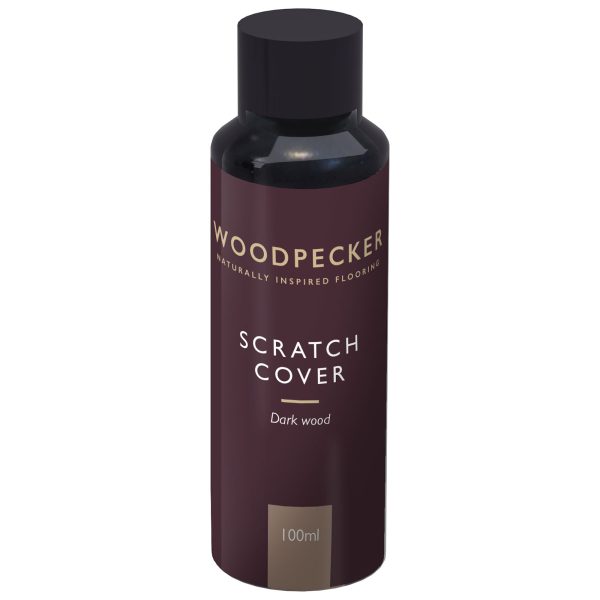Scratch Cover
Cover scuffs, chips, scratches, and other minor marks on the surface of your wood flooring. This easy-to-use liquid allows you to build up colour to the right shade and restore your floor in an instant. Available in 3 colours; light wood, medium wood and dark wood.


